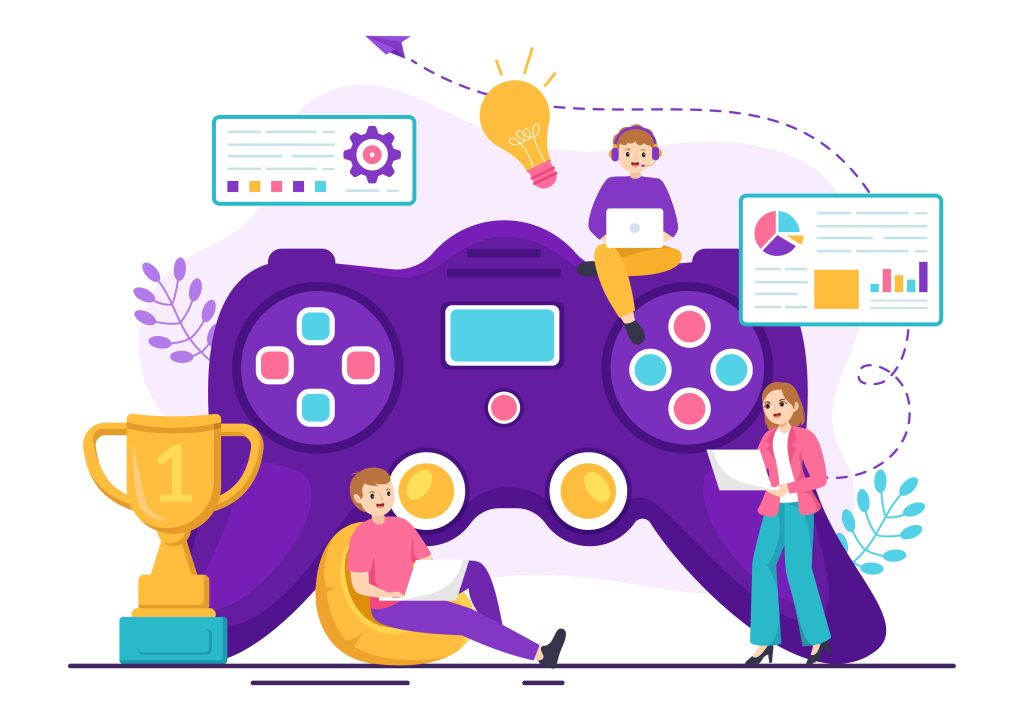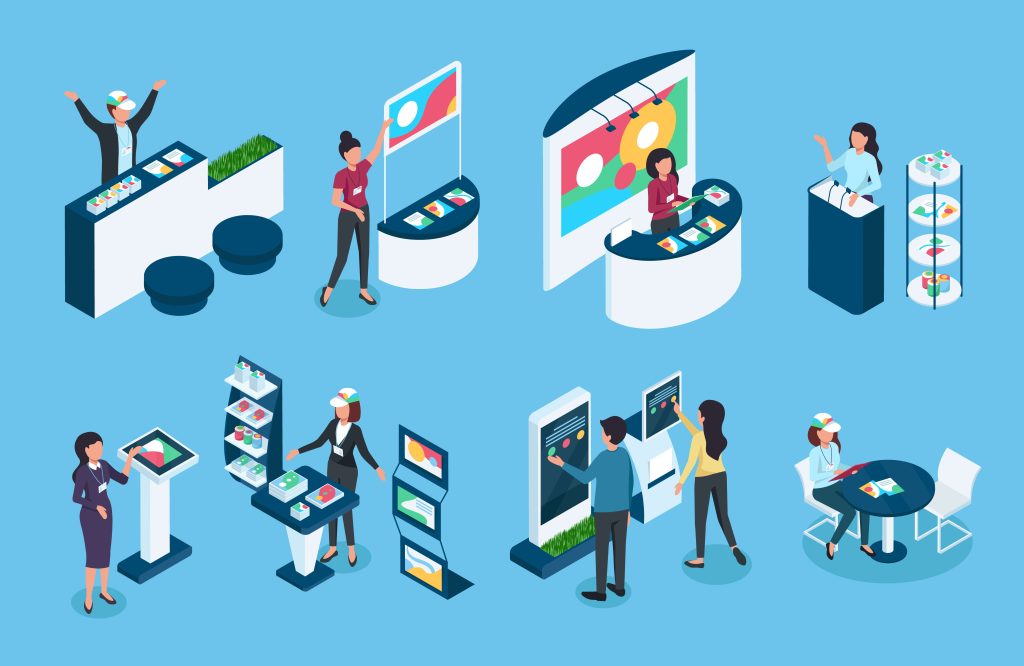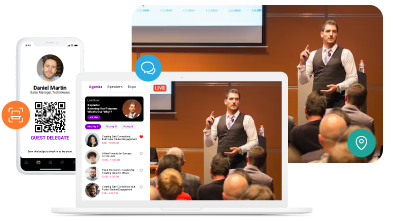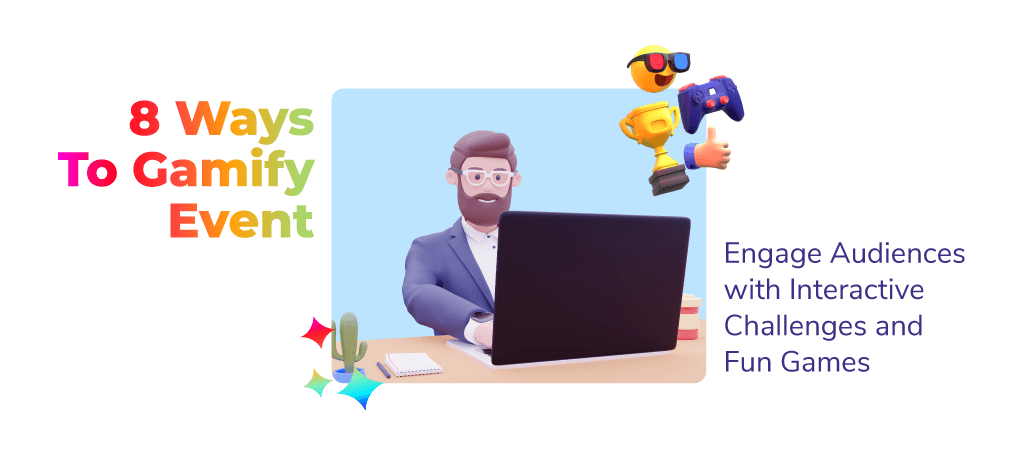In today’s dynamic event industry, maintaining audience attention or captivating them is one of the most challenging tasks. If you’re an event organizer or someone who’s hosting an event, then we’ve got you covered with innovative ways to enhance attendee engagement and create more fun at the event.
In this comprehensive blog, we are going to explore 8 ways to include gamification for events. However, integrating game mechanisms into non-game environments turns out to be an effective strategy to gain popularity in less time. Plus, gamification turns passive spectators into active participants, which fosters a sense of excitement, and competition among attendees. So without any further ado, let’s start;
Why Gamify Your Event?
You must be wondering, why you should add gamification to an event. It is because it adds an element of seamless interactivity with a lot of fun, which makes the event more immersive and exciting for attendees. Not only is gamification known for boosting engagement levels but it also encourages participants to participate in various activities.
By integrating gamification for events, event organizers can easily drive desired behaviors such as exploration, networking, and knowledge retention. However, in order to tailor future events to meet the end goal of the event, gamification allows you to collect essential information about the interaction, and preferences of attendees.
How Gamification for Events Actually Works?
Let’s explore the key elements of getting started with gamification at events;

Define Objectives:
Begin by setting and determining the clear objectives for the gamification strategy. Identify the behaviors or actions you want to incentivise. It can be visiting booths, attending sessions or sharing the event’s glimpses on social media platforms.
Choose the Right Tools:
Search and decide on ideal gamification tools and platforms that align with the event’s set goals, attendees’ preferences and objectives. Ensure that the platform you’ll be using offers features like point scoring, leaderboards, real-time feedback or Q&A sessions. It can be anything, such as a dedicated event app, gamification software or a custom-built solution for gamification.
Create Engaging Challenges:
To add fun elements to your events, design challenges that excite attendees and are relevant or achievable for participants of all backgrounds & interests. Implement mixed activities such as completing tasks, answering questions, interacting with fellow attendees and collecting virtual badges or rewards.
Offer Incentives:
Encourage participants by offering exciting incentives and rewards for completing challenges. This could include discounts on future events, exclusive access to VIP areas or branded merchandise. Make sure to offer incentives that seem desirable and meaningful to attendees.
Promote and Communicate:
To make sure that more people know about your event, promote your gamification initiative before or during the event. This will generate interest and encourage participation. Use email marketing platforms and advertising campaigns. Social media teasers, in-app notifications or even WhatsApp automation to inform the participants.
Track and Analyze Results:
After promoting the gamification initiative, monitor engagement levels and progress throughout the event using data analytics tools. Gauge the metrics like participation rates, completion rates and overall satisfaction levels to find out the success of the gamification strategy.
8 Interactive Challenges and Rewards to Consider At Events
One of the key components of gamifying your event is the incorporation of interactive challenges and rewards. Therefore, by designing challenges that align with your event objectives and theme, you can encourage attendees to explore different areas and much more. Let’s explore such challenges and fun activities;
1. Scavenger Hunts:
Procedure: Event organizers can begin by creating a list of items or locations within the event’s physical location so that participants can find them. Then attendees are provided with hints or clues to find the item. The item can be anything, such as brand merchandise, food items, or discount vouchers. Moreover, when attendees are done with finding items, they may need to click a photo or collect a stamp to prove that they’ve completed the task.
Example: At a tech conference, participants are challenged to find hidden items and interact with specific exhibitor booths to collect stamps on their event ID/Passport. Once they are done collecting stamps from all participating booths, they can redeem their completed passport for a reward.
2. Trivia Quizzes:
Procedure: For trivia quizzes, an event planner can begin by creating a series of multiple-choice or open-ended questions. It can be related to event themes, industry topics, guest speakers or hosts. Attendees can attend the quiz through a mobile event app or web portal and submit their answers.
Example: At a marketing summit, participants are invited to participate in a trivia quiz about the latest digital marketing trends. In such quizzes, questions cover topics such as social media trends, influencer marketing ideas, social media advertising tips or tricks or SEO. Once everyone’s done with submitting their answers, within a specific time, they are rewarded with prizes.
3. Photo Contests:
Procedure: This amazing gamification idea starts when event organizers come up with specific event themes or prompts relevant to their event. The photo contests begin with attendees capturing their event experiences through creative photography. Afterwards, they share their experiences on social media platforms using dedicated hashtags to attract more audiences.
Example: At a music festival, visitors are invited to take part in a photo competition to capture their favorite festival moments. The themes for the photos include the best stage performance, the most creative festival outfit or the most memorable interaction with the audience. Once participants have uploaded their clicks to Instagram, Facebook or Twitter (now X) using the event hashtag, the best clicks will be selected for the rewards/prizes.
4. Social Media Challenges:
Procedure: Organizers can create different challenges or tasks for their attendees to complete and share on their social media profiles using the event hashtags. This can include sharing event sneak peeks, and highlights, networking with other attendees, or showcasing creative interpretations of the event theme and many more mini-tasks.
Example: At events like marketing conferences, participants are challenged to share event glimpses and insights from keynote sessions on Thread or Twitter (now X). All those attendees, who shared the most compelling and engaging tweets were recognized during the closing ceremony and rewarded with prizes such as access to future events or branded merchandise.
5. Networking Challenges:
Procedure: To bring people closer to events, event organizers can set goals for participants to meet new people and exchange contact information or get engaged in group discussions. Attendees can track their progress through the mobile event app or event platforms and receive rewards for achieving networking milestones.
Example: At a professional networking event, attendees are challenged to meet at least four new contacts within their industry. Attendees who successfully meet with five or more attendees can exchange their business cards and may go to a networking dinner or lunch for further opportunities.
6. QR Code Scavenger Hunt
Procedure: This is one of the unique gamification ideas. In these scavenger hunts, event organizers hide QR codes in various locations within the event venue, such as exhibitor booths, session rooms or networking areas. Attendees can use their mobile phones to scan the QR codes, and then they will get to know about the revealed clues, some information, or rewards related to the event.
Example: Let’s say during a corporate conference, attendees are tasked with finding the QR codes hidden at different locations within the conference venue. After scanning each QR code, participants will learn about the event. This may include exclusive content such as behind the scenes, downloadable resources or discount codes for sponsored products or services.
7. Escape Room Challenge
Procedure: Event planners set up an escape room-style challenge at the event venue. This includes puzzles, clues and interactive elements. Participants must solve the puzzle, form teams and work together to solve the puzzle and “escape” from the room within a set time.
Example: Suppose at some team-building retreat, attendees are participating in an escape room challenge theme. Then they have to create teams and solve the puzzles. These escape room challenges can be based on marketing trends, business-related puzzles or hidden clues for the next gamification idea. If participants can escape from the room within a specified time after completing the puzzle, they will certainly win rewards.
8. Virtual Trade Show Booths:
Procedure: A digital event platform or app is used by organizers to build virtual trade show booths for sponsors and exhibitors. To earn points or prizes, attendees can explore these virtual booths, interact with multimedia content, and play interactive games.

Example: The attendees can visit virtual trade show booths at virtual conferences featuring interactive demonstrations, live chat with company representatives, and 3D product demonstrations. Engaging with these booths earns participants points, which they can use to redeem virtual swag or enter prizes.
Conclusion:
By the end of this article, we know that by incorporating these unique gamification ideas into your event, event organizers can create immersive experiences that drive attendee engagement. As a result, it also fosters networking opportunities and leaves a lasting impression on participants.
Create an Extraordinary Event Experience
Across All Event Formats




















